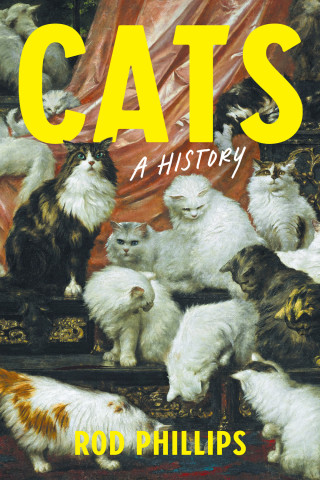
Reviews
This lively and informative book will be of interest to anyone who has ever navigated their holidays with a Michelin map or one of their red or green guides.
Harp encourages us to rethink many of our assumptions regarding the oppositions between tradition and modernity and between national and regional identity... This book is a fascinating contribution to the literature on modernization, regionalism, and consumer culture in twentieth-century France, and it will be of interest to specialists and general readers alike.
By reminding us that businessmen have deployed power and money to advocate causes, or that they have, through their products and their publicity, shaped our quotidian experiences, Harp's broadest contribution is to recognize that cultural history has much to gain by focusing on the producers as well as the consumers.
Harp's achievement is notable. He has offered a strong base on which to build further studies on the role of advertising in mass culture while contributing significantly to our understanding of French culture.
Stephen Harp has written a first-class advertising and cultural history that is both informative and engaging.
Highly intelligent and engaging... Harp's sophistical blend of business and cultural history enriches both approaches and should serve as a model for other scholars.
This is a fine book... a thoughtful analysis of this world-famous icon from the perspective of class, race, nation, and gender... Handsomely produced, it is a good and worthwhile read.
Steven Harp's Marketing Michelin is a fascinating, well-researched book. His strengths as a historian and speaker of French are well displayed here. His archival work is also very impressive.
A coherent and useful contribution to debates concerning cultural modernity and French values.
Harp argues that Michelin is a prime example of how businesses can reshape cultural attitudes and assumptions, particularly through advertising. He analyses the cultural assumptions of France, including representations of gender, race, and class, in a way that is lively, interesting, and informative.
Marketing Michelin manages to portray twentieth-century France in several of its pivotal transformations, while lending to its portrait the coherence of a well-known cultural icon (Bibendum) traversing the century and changing with the times.
Accomplishes the difficult task of melding business and cultural history to make a persuasive argument for the critical role of large corporations in the shaping of national culture in the first half of the twentieth century.
Marketing Michelin is an interesting, well-written, and thoroughly documented study, an original and engaging contribution that many both inside and outside of the history profession will want to read.
Book Details
Preface
Introduction
Chapter 1. The Making of the Michelin Man - The Birth and Life of Bibendum in the Belle Epoque
Chapter 2. Finding France - The Red Guides and Early Automobile Tourism before the War
C
Preface
Introduction
Chapter 1. The Making of the Michelin Man - The Birth and Life of Bibendum in the Belle Epoque
Chapter 2. Finding France - The Red Guides and Early Automobile Tourism before the War
Chapter 3. Touring the Trenches - Michelin Guides to World War I Battlefields
Chapter 4. Saving the French Nation - Pronatalism and Paternalism
Chapter 5. Advocating Aeronautics - Modernity and French Elan
Chapter 6. Advocating Americanization? - Taylorism and Mass Consumption in the Interwar Years
Chapter 7. Defining France - Fusing Tourism, Regionalism, and Gastronomy in the Interwar Years
Conclusion
Notes
Note on Sources
Index





